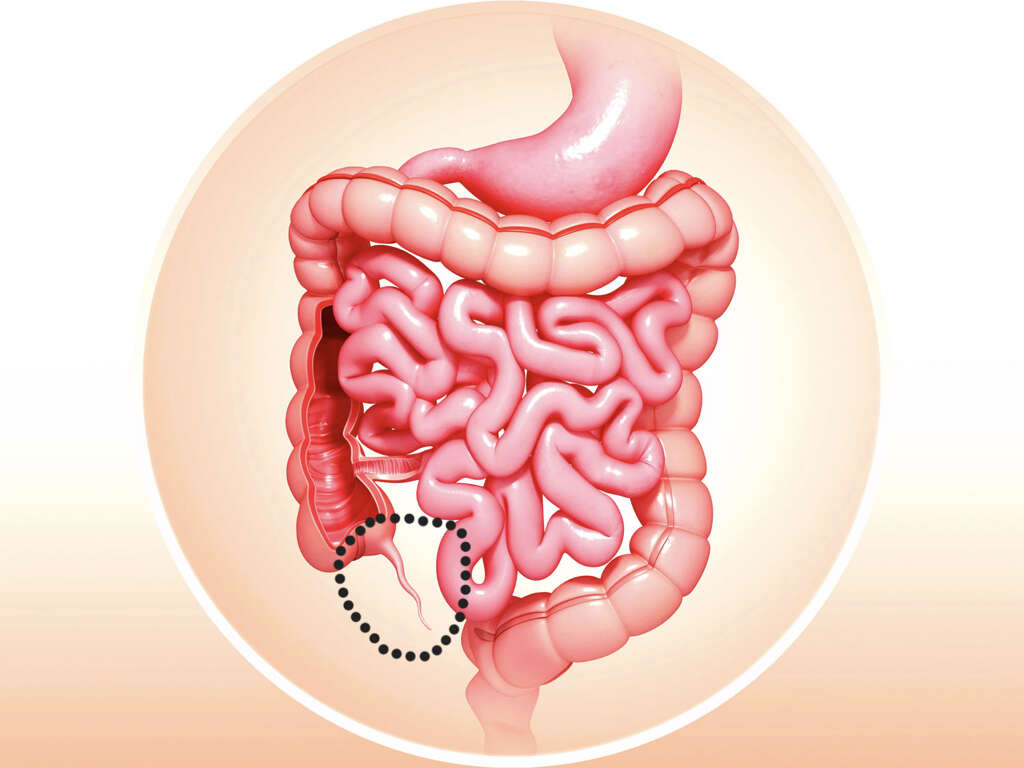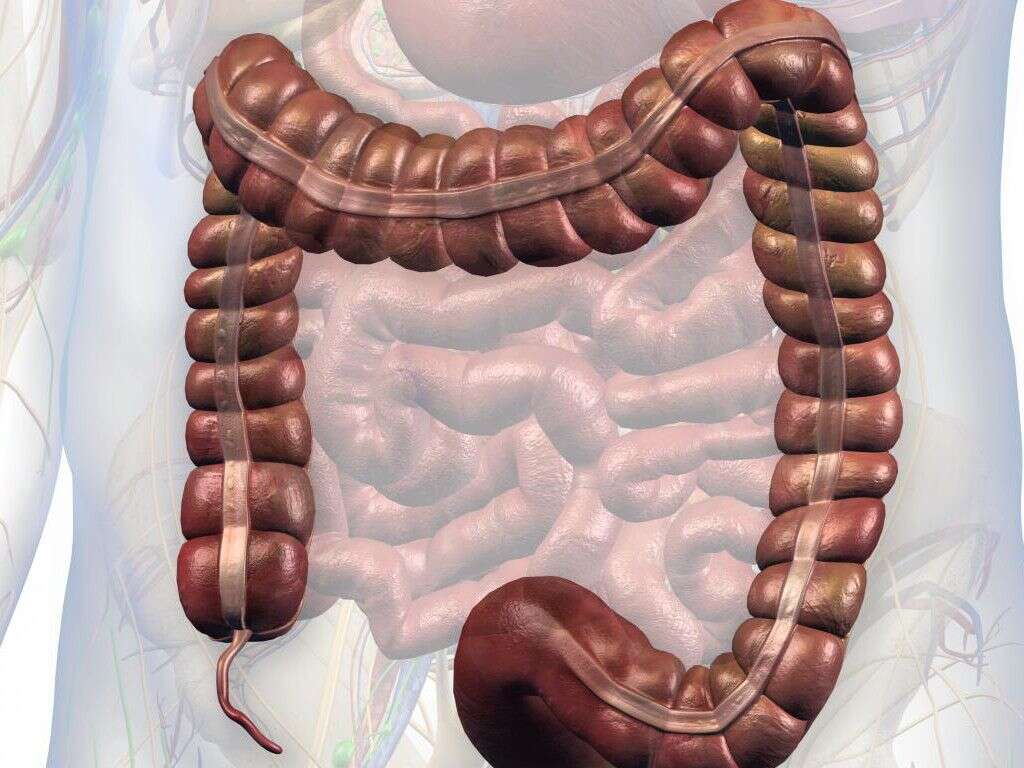10 Appendicitis Symptoms
Appendicitis is an acute inflammation of the appendix vermicularis. The inflammation is thought to result from an obstruction of the lumen from faecal stasis, foreign bodies, lymphoid hyperplasia, parasites, and neoplasms. This obstruction of the lumen will lead to appendix distension, overgrowth of bacteria, ischemia, and inflammation. If not diagnosed and treated on time necrosis, gangrene and even perforation of the appendix will occur. Abscess formation or the development of peritonitis, are serious complications of untreated appendicitis.
Appendicitis can develop at any age even though it is more commonly diagnosed in teens and early 20’s. Both males and females are affected. It is rarely diagnosed in children under the age of 3 years old, or adults over the age of 50 years old. Acute appendicitis treatment is surgical, where the appendix is removed. It is the most common surgical procedure performed as an emergency procedure. Common appendicitis symptoms are:

Symptom #1: Abdominal Pain
Abdominal pain in appendicitis is the most characteristic symptom. It starts suddenly, usually located around the umbilicus or in the epigastric area. Within a couple of hours, this abdominal pain moves downward and becomes localized on the right lower part of the abdomen, where the appendix is located. The abdominal pain in cases of an appendicitis attack becomes more intense as the hours pass.
Abdominal pain in appendicitis tends to get worse due to a sudden movement such as jumping, running, etc. Often, abdominal pain located in the right lower abdominal quadrant becomes unbearable. The more the inflammatory process develops, the worse the abdominal pain will be along with other symptoms.

Symptom #2: Nausea and Vomiting
Nausea is a common problem for patients that have developed an inflammation of the appendix. Nausea and vomiting start only after abdominal pain has started. If you are vomiting and you have other signs and symptoms as well, seek medical help. Persistent vomiting leads to dehydration and if other symptoms are present, appendicitis should be taken into consideration.
Nausea and vomiting are triggered by the abdominal pain because of a neurological response, urging to expel everything that a person has consumed previously.

Symptom #3: Fever and Chills
Another common symptom of appendicitis is a low-grade fever, which is often accompanied by shaking and chills. Usually, fever will be around 103 degrees Fahrenheit.
As fever and chills are symptoms associated with many medical conditions, it’s hard to relate them with appendicitis. However, if abdominal pain, nausea and vomiting, constipation or diarrhea, and other symptoms are present, then fever and chills can be related to appendicitis.

Symptom #4: Constipation
Constipation is characterized by less frequent bowel movements, a harder stool and straining while having a bowel movement. In some patients, constipation can be a symptom of appendicitis, while other patients may have diarrhea.
Constipation in cases of appendicitis is not severe. It becomes noticeable after the abdominal pain has started.

Symptom #5: Diarrhea
In certain cases, mild to moderate diarrhea is experienced. The presence of mucus more than it would normally be in cases of diarrhea is possible because of the inflammation. Just as with other appendicitis symptoms, diarrhea also tends to get worse with hours to the point where you risk ending up seriously dehydrated because of all the fluid and nutrients lost.
If diarrhea is accompanied by other symptoms associated with appendicitis, like pain in the lower right abdomen, fever, and nausea, you should seek medical attention for proper diagnosis and treatment.

Symptom #6: Abdominal Bloating
Abdominal bloating is another appendicitis symptom. It is characterized by an inability to pass gas which gets trapped in the intestines, leading to abdominal discomfort. Bloating in cases of appendicitis tends to get worse over time.
In cases of bloating, a person will have a sensation of fullness because of the presence of gas, and this gas will be eliminated constantly every now and then. However, the gas can’t be eliminated entirely so this sensation of fullness persists.

Symptom #7: Rebound Abdominal Tenderness
Rebound abdominal tenderness is a common sign of appendicitis. It is commonly known as the Blumberg’s sign. The maneuver should be performed by a medical professional and consist of applying pressure to the abdominal wall with the examiner’s hand and quickly pulling the hand out. Pain should be felt when the examiner’s hand is removed.
A positive Blumberg’s sign during the physical examination could be an indicator of appendicitis but other conditions that may cause the peritoneum to be irritated could also cause this sign to be present.

Symptom #8: Tenesmus
Tenesmus is a desire to have a bowel movement in order to relieve the abdominal pain and discomfort. It is one of the appendicitis symptoms in many cases.
If you feel the need to have a bowel movement and if this bowel movement relives your abdominal pain and discomfort if you have nausea and vomiting, fever and chills, or other symptoms then you might have appendicitis.

Symptom #9: Antalgic Position
The pain during an episode of appendicitis can become very severe in a matter of hours if left untreated. Many patients try to find a position to relieve the pain a little bit.
Usually, patients lie down in fetal position (knees to the chest, like a fetus) to avoid movement and try to minimize the pain.

Symptom #10: Loss of Appetite
In cases of abdominal pain, bloating, nausea and vomiting, diarrhea or constipation, many can’t even think of eating something. That is totally fine and a loss of appetite is a common symptom of appendicitis.
A loss of appetite can start even a couple of days before the other symptoms appear.









